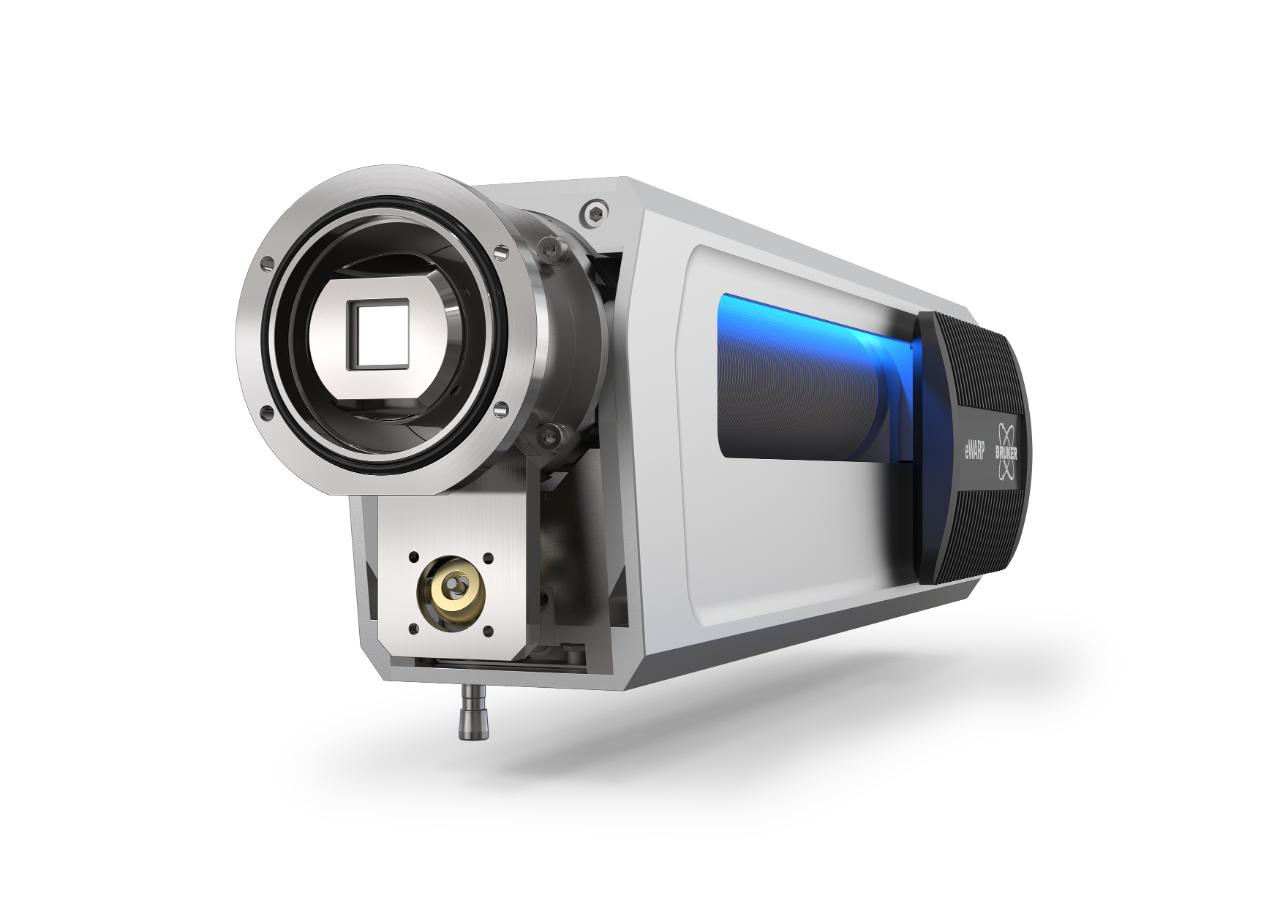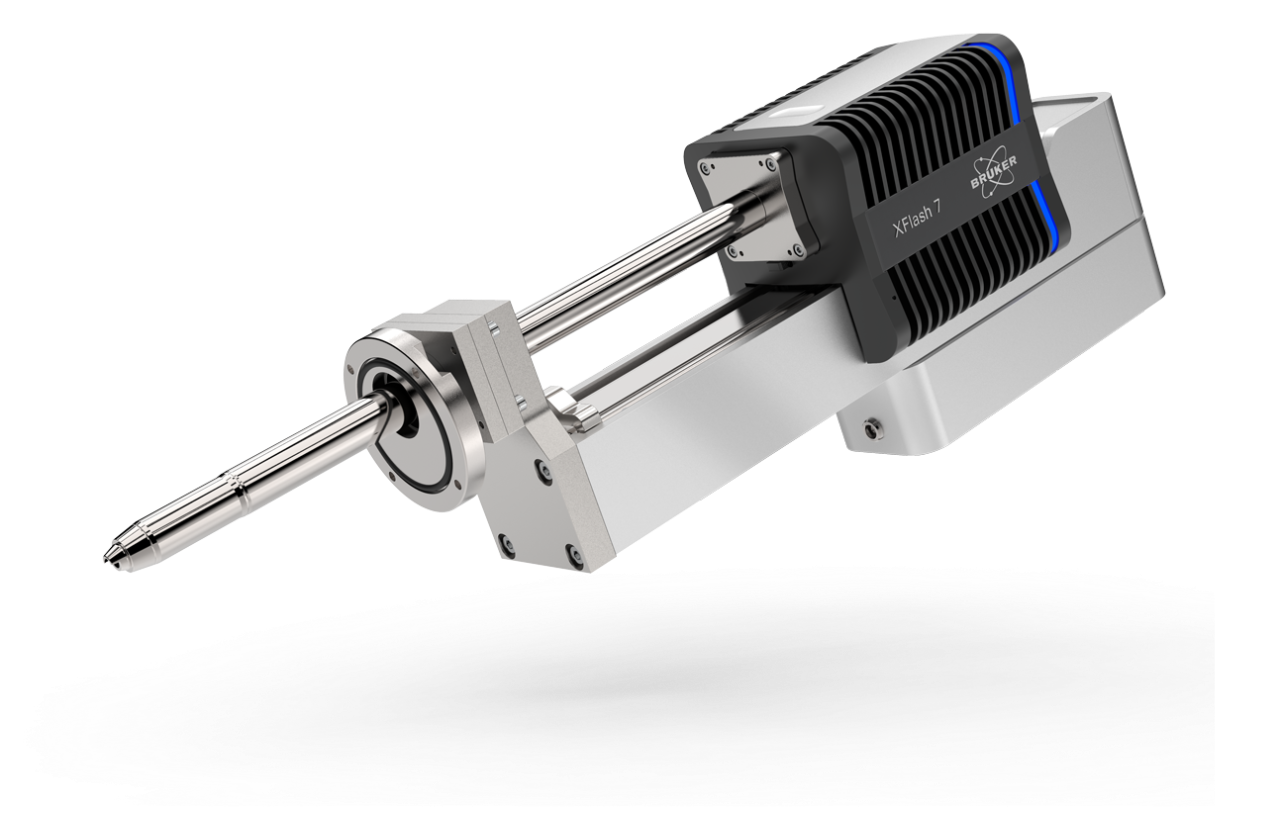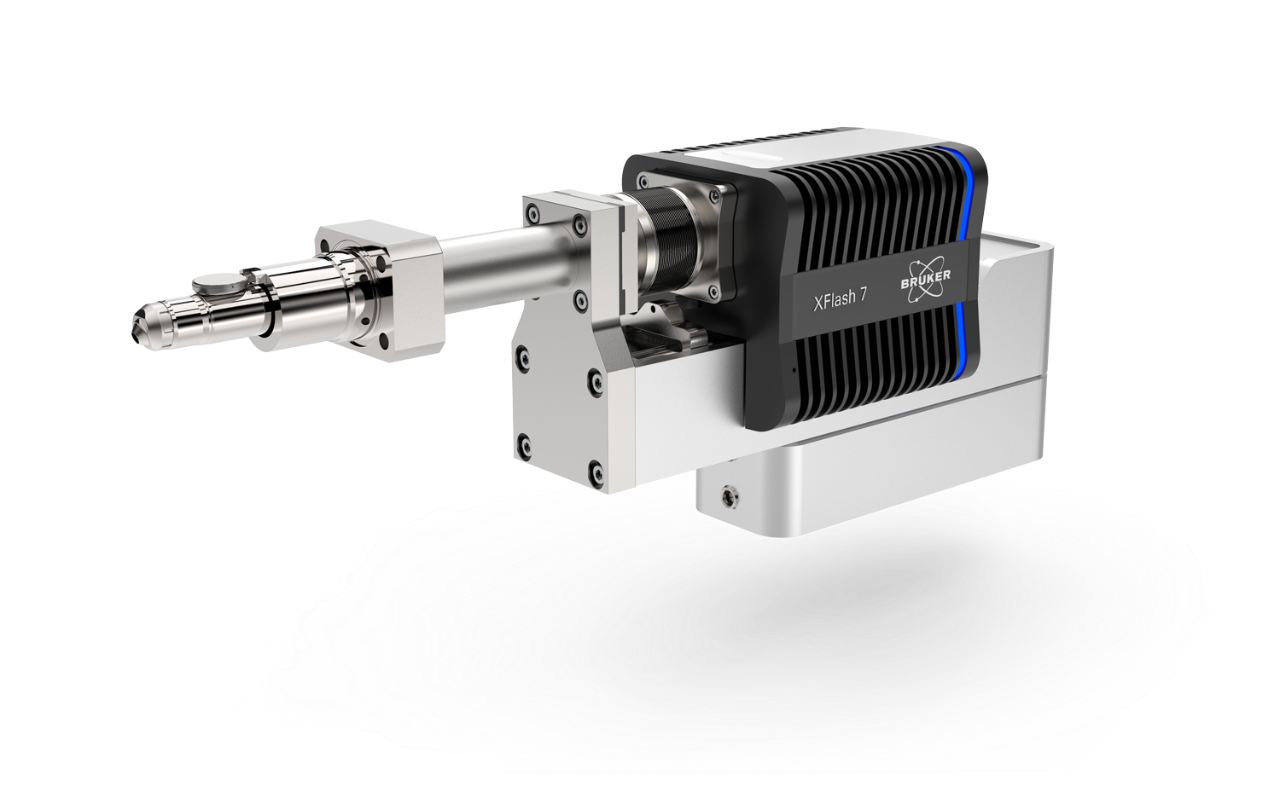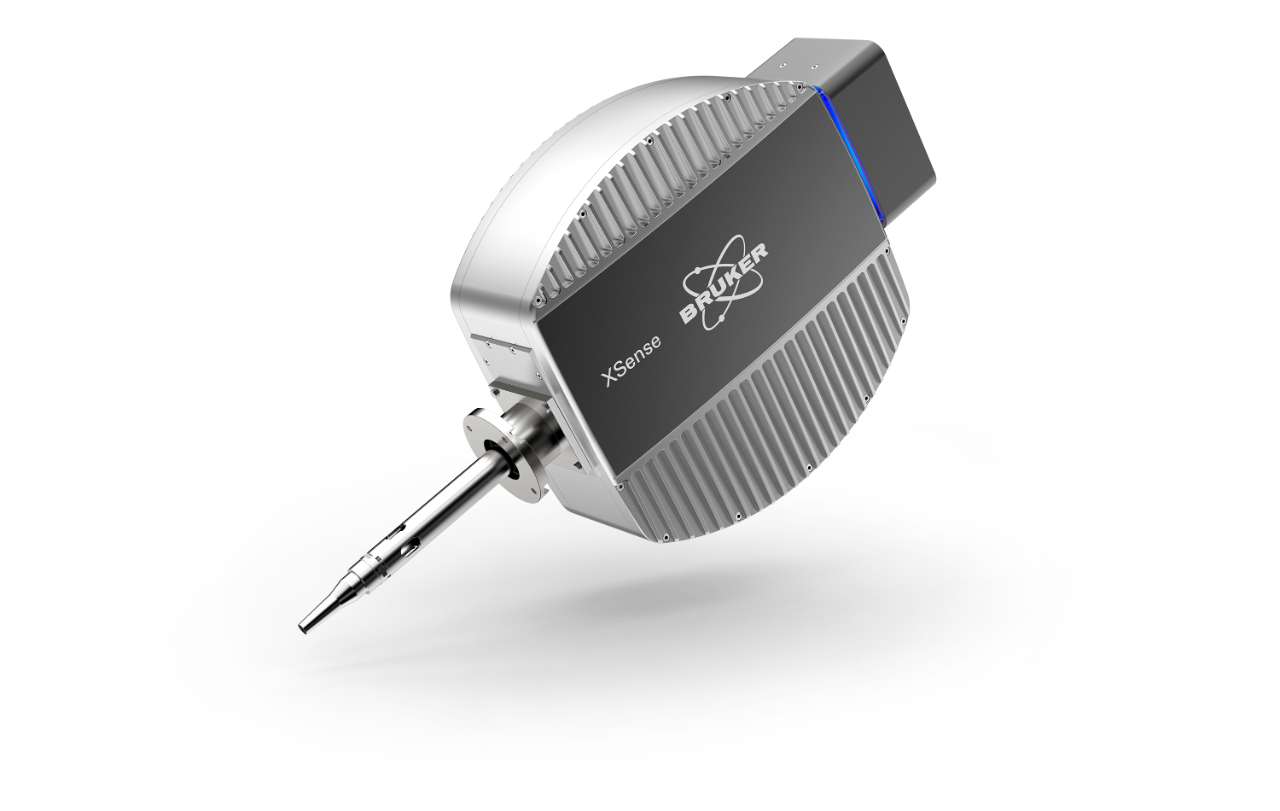

Contamination Control
Contamination Control
Trace metal contamination is a continually growing concern for semiconductor device fabrication. Contamination is especially critical for advanced technology nodes. Trace metals at the surface affect semiconductor device performance and product yields in multiple ways. During high temperature processing steps, metals at the surface can diffuse into silicon substrates, act as recombination centers, and degrade minority carrier lifetimes. Metals at the surface can also adversely affect silicon oxidation rates and become incorporated in gate oxides and degrade oxide integrity. Surface measurement of trace metal contamination is thus a crucial step in device manufacturing.
SEM/TEM-based Off-line Solutions
Surface metal contamination of semiconductor device affect its performance and product yields in multiple ways. For off-line inspection, Bruker offers SEM and TEM based solutions including Energy Dispersive X-ray Spectroscopy (EDS), Wavelength Dispersive X-ray Spectroscopy (WDS) and Electron Backscattered Diffraction (EBSD). These techniques allow localization, morphologic characterization and compositional analysis of individual contaminants. This can even be performed automatically using customized particle analysis software feature with ESPRIT software for EDS measurement.
Resolving Peak Overlaps in Semiconductor Tantalum Silicide
Since contaminants in semiconductor material are often small and thin features, the analysis is commonly carried out at very low acceleration voltages (1-5 kV). This limits X-ray spectroscopy to the low energy lines and requires analytical techniques with high spectral resolution capabilities such as WDS.



